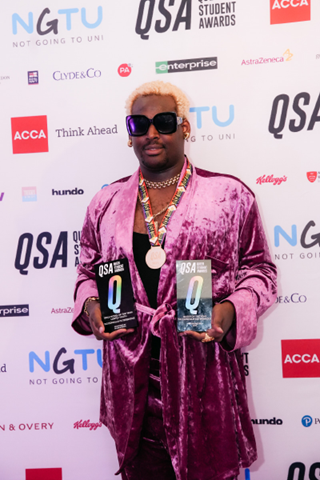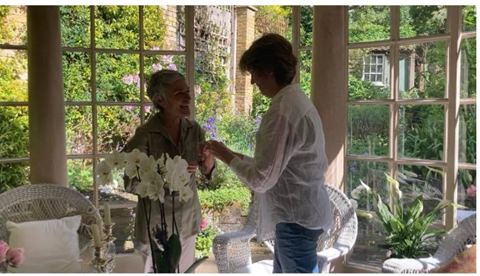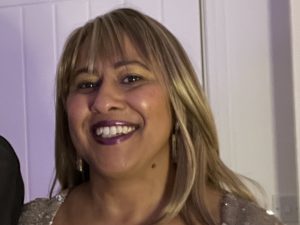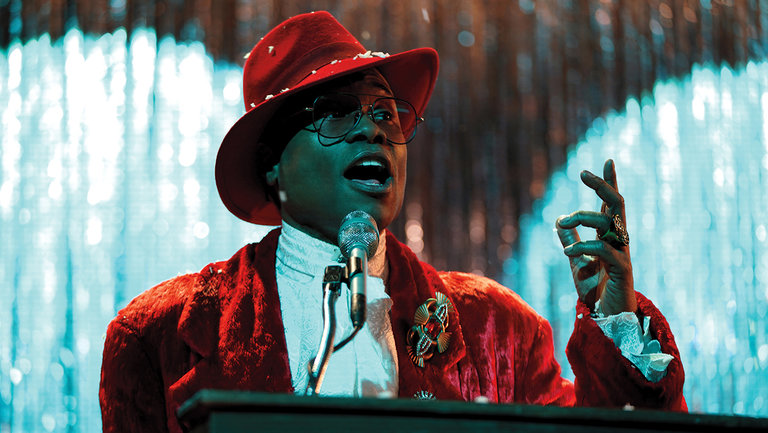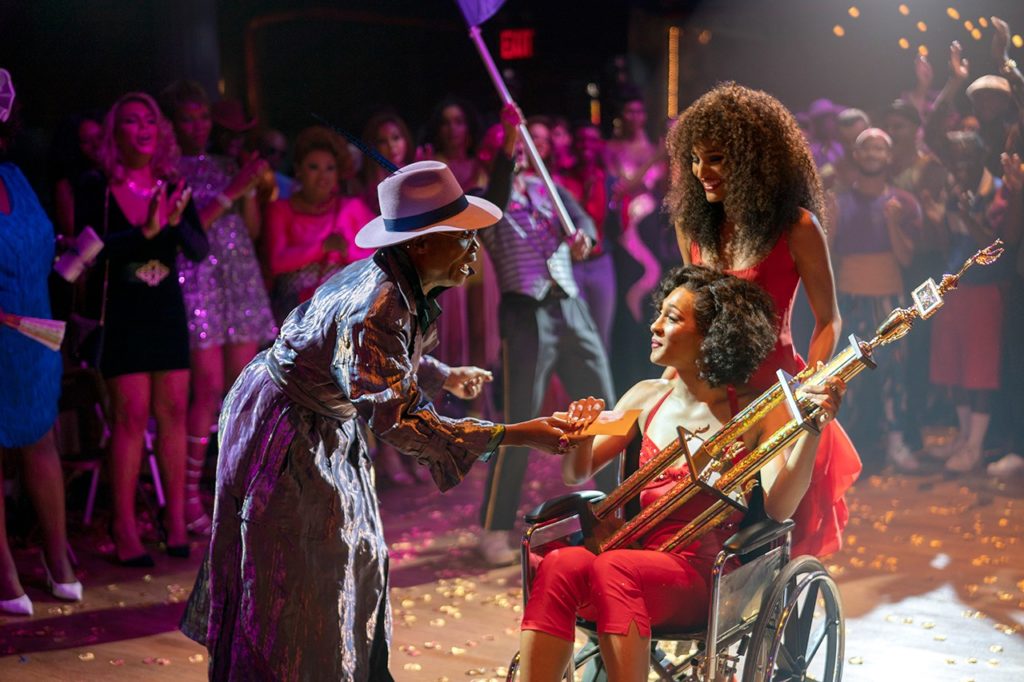This Pride Month, we are talking to LGBTQ+ members of the King’s College London community to find out what Pride means to them. If you would like to share what Pride means to you, please email the team at diversity@kcl.ac.uk.
Taj Donville-Outerbridge is studying for a BSc in Global Health & Social Medicine. He’s President of KCLSU’s LGBT+ Society, and recently won Role Model of the Year and Queer of the Year at the 2023 UK Queer Student awards. Taj is pansexual.
Moving beyond stereotypes
I grew up in Bermuda. While being gay is technically legal there, the Caribbean can be a difficult and dangerous environment for LGBTQ+ people.
I’ve always been out and accepted by my family but I experienced pressure from within the LGBTQ+ community to conform. As a gay, Black man, you’re expected to either be straight-acting and closeted, or very feminine and creative.
I love science and am an academic at heart: I don’t fit neatly into either stereotype. It took time to accept that I could embrace all sides of myself.
Same problems, different island
Homophobia intersects with many different types of prejudice, and that’s as true in the UK as it is in the Caribbean. Media figures are often caricatures of gay Black men – RuPaul would be a good example – while Black role models in professional fields are very heteronormative.
Back home, everyone highlighted my gayness, whereas now I’m in the UK they tend to see my race. I’m often the only Black person in LGBTQ+ spaces. Everywhere I go, there’s a barrier to truly belonging.
That’s why I created ‘Tea Time with Taj’ through KCLSU. The intersectional needs of queer people of colour are often overlooked in race or sexuality-based societies, so we meet to chat, drink tea and build a sense of community.
What Pride means to me
Queer joy is wonderful but ultimately Pride is a protest. It’s important we don’t let it slide into a performative corporate gesture.
The LGBTQ+ community needs to stop fighting over small things. We need to become aware of other groups’ needs and global issues. An ex-boyfriend of mine was murdered in Grenada earlier this year, victim of a homophobic hate crime. Injustice like that should remind us how much work still needs to be done.
At King’s, I want to set an example for all students who feel marginalised, or caught in the intersections between marginalised groups. University can be difficult if you’re trans, and perhaps even more difficult if you’re Black, trans and disabled.
Pride is our opportunity to advocate for others.
Get involved & make a difference this Pride Month
- Join our LGBTQ+ staff network Proudly King’s or attend one of their events here.
- Check out our Pride student news article which is full of useful links here.
- Pride Month Step-Out challenge! Join Proudly King’s & King’s Sport in a 28, 06,69 step challenge in June and July to commemorate LGBTQ+ Pride Month and summer activities whilst keeping active. Sign up on the King’s Move app from 12th June here!
Want to Learn more about Equality, Diversity & Inclusion at King’s College London?
- Found out more by visiting our Equality, Diversity & Inclusion at King’s pages.
- Follow us on Twitter.
- Email the team at diversity@kcl.ac.uk
